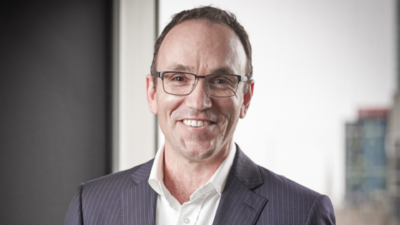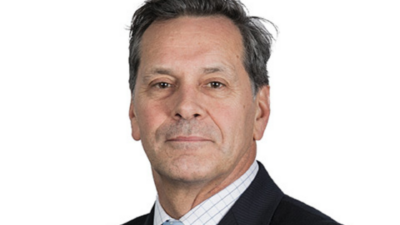Alt-control shift as wealth funds consider options
After a five-year burst of portfolio realignment, sovereign wealth funds (SWFs) have slowed their pace of change, according to new research. But they continue to increase exposure to alternatives.
An International Forum of Sovereign Wealth Funds (IFSWF) survey released earlier this month found the “significant shift” towards alternative assets initiated by members over the previous half-decade has stalled.
Half of the 10 funds surveyed had upped exposures to private equity in the last three to five years, the IFSWF report says, while a third had increased direct real estate holdings – mostly funded by selling down sovereign and corporate fixed income assets.
“… as they seek to increase long-term returns and match their assets to their liabilities, it seems that the period of change is coming to an end,” the IFSWF study says. “Our findings suggest that most of the surveyed funds do not expect to adjust current allocations in the future.”
IFSWF members – who represent more than 80 per cent of the roughly US$6 trillion held by sovereign wealth funds globally – may have eased off the alternatives accelerator due to “uncertainty over the evolution of the capital markets”, the report says.
Despite the five-year surge of investment in unlisted alternative assets the sector remains a small part of the average SWF portfolio, which is dominated by the traditional listed equities and fixed income asset classes with weightings tilted towards the latter.
However, the study found most that while SWFs generally outsourced management of listed assets (even in “new” asset classes), they prefer to keep control of unlisted alternatives in-house.
“The survey results suggest that while these investors view the management of traditional assets as a commodity, they believe that the management of private or alternative assets is an area that requires specialised resources and competencies, needing greater oversight and understanding,” the IFSWF report says. “Overwhelmingly, however, these sovereign wealth funds chose to add new resources to existing teams, rather than establish new departments to manage new asset classes.”
A further survey of eight IFSWF members found the move into unlisted alternatives was fuelled by a belief in the ‘illiquidity premium’ and the ability to “exploit information asymmetries” in private markets.
“Nevertheless, even at sovereign wealth funds where private markets investments have performed well, there is still internal debate over whether the premium compensates fully for the illiquidity and other risks, such as lack of transparency and potential loss of capital, that are associated with private-market investing,” the study says.
As at July this year, SWFs had just over 73 per cent invested in listed assets with the remainder in unlisted markets. The IFSWF research shows active management edged out passive investing for the sector by 54 per cent to 46 per cent of assets respectively. An overwhelming 92.5 per cent of SWF investments were housed in developed countries (versus 7.5 per cent in emerging markets) while the ratio of offshore to domestic assets stood at about 3:1.
The report was released at the IFSWF annual conference held over November 8-11 in Auckland – hosted by the New Zealand Superannuation Fund’s chief executive, Adrian Orr.
– David Chaplin, Investment News NZ









